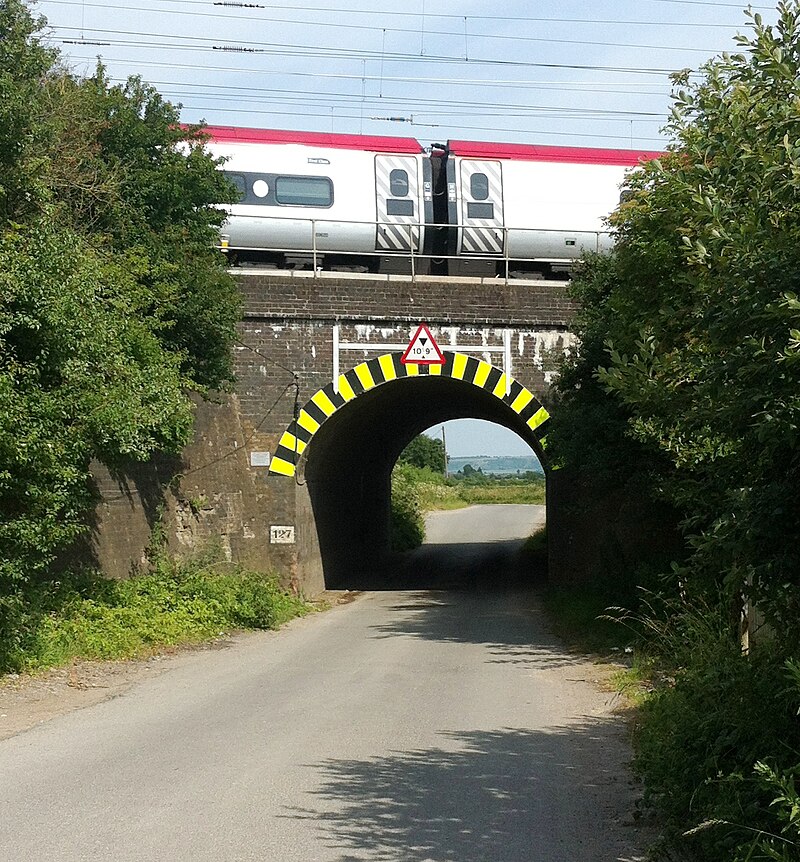sexta-feira, agosto 08, 2025
O mais famoso roubo de comboio no mundo foi há sessenta e dois anos
Postado por
Fernando Martins
às
06:20
0
bocas
![]()
Marcadores: assaltantes, grande roubo do comboio, Great Train Robbery, Ronnie Biggs
quinta-feira, agosto 08, 2024
O mais famoso roubo de comboio, esquecendo os da CP aos contribuintes portugueses, foi há 61 anos
Postado por
Fernando Martins
às
06:10
0
bocas
![]()
Marcadores: assaltantes, grande roubo do comboio, Great Train Robbery, Ronnie Biggs
terça-feira, agosto 08, 2023
O mais famoso roubo de comboio foi há sessenta anos...!
Postado por
Fernando Martins
às
00:06
0
bocas
![]()
Marcadores: assaltantes, grande roubo do comboio, Great Train Robbery, Ronnie Biggs
segunda-feira, agosto 08, 2022
O mais famoso roubo de comboio foi há 59 anos
Postado por
Fernando Martins
às
00:59
0
bocas
![]()
Marcadores: assaltantes, grande roubo do comboio, Great Train Robbery, Ronnie Biggs
domingo, agosto 08, 2021
O grande roubo do comboio foi há 58 anos
Postado por
Fernando Martins
às
00:58
0
bocas
![]()
Marcadores: assaltantes, grande roubo do comboio, Great Train Robbery, Ronnie Biggs
sábado, agosto 08, 2020
O grande roubo do comboio foi há 57 anos
Postado por
Fernando Martins
às
00:57
0
bocas
![]()
Marcadores: assaltantes, grande roubo do comboio, Great Train Robbery, Ronnie Biggs



